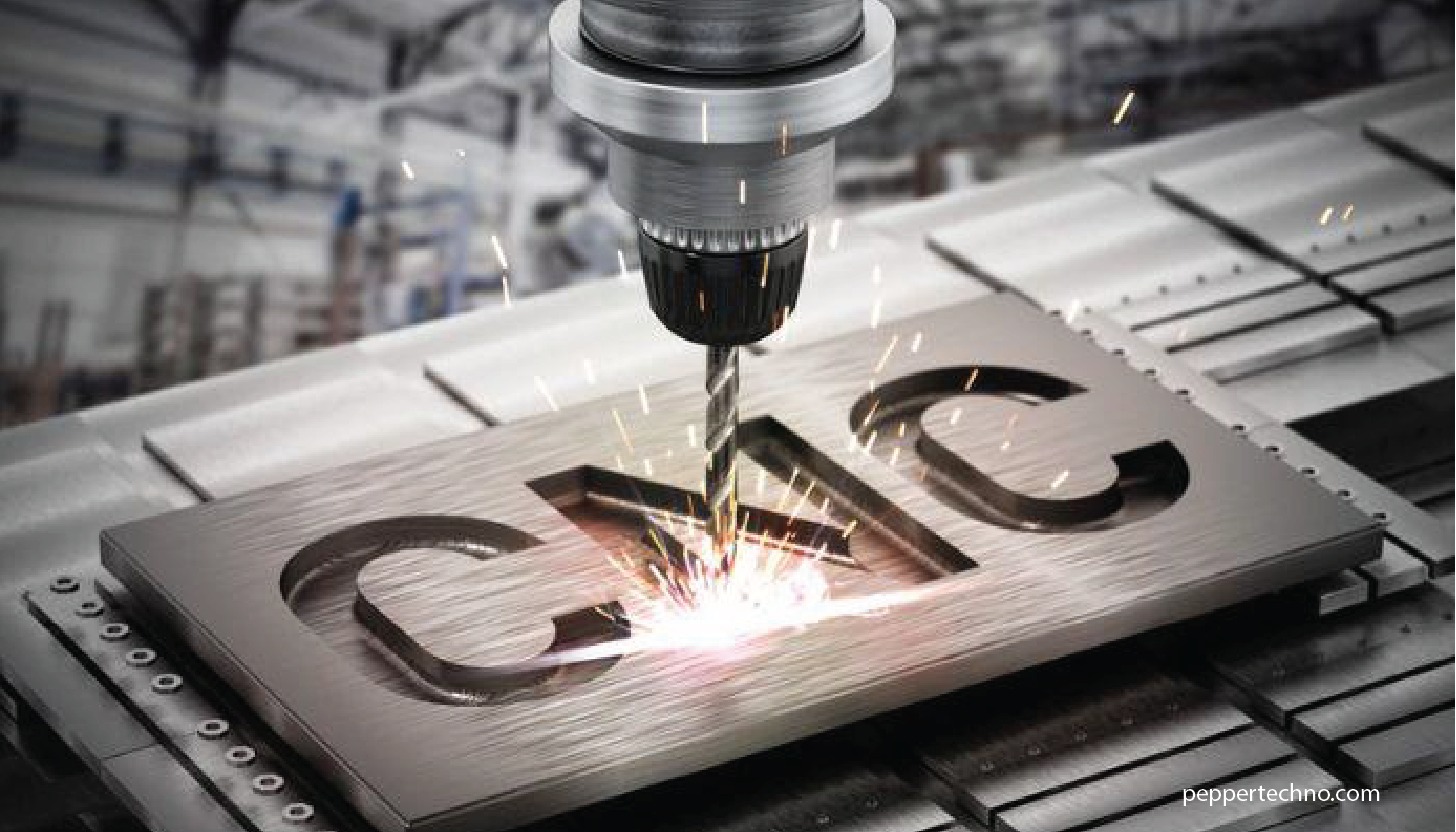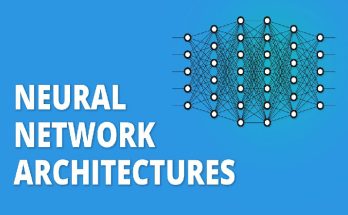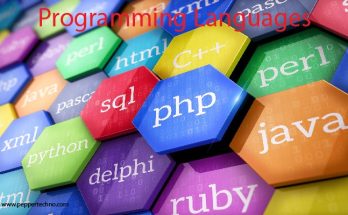What is CNC Kink: Tips and Tricks for Precision Machining
Here we are discussing about what is CNC Kink. CNC machining, or Computer Numerical Control machining, is a manufacturing process that utilizes computerized controls and machine tools to remove material from a workpiece to create a desired shape or design. Precision is of utmost importance in CNC machining, as it ensures that the final product meets the required specifications and tolerances.
This article will delve into the basics of CNC machining, the tools and materials used, setting up the machine for optimal performance, programming techniques, achieving consistent results, troubleshooting common issues, maximizing efficiency, advanced techniques, staying up-to-date with technology, and best practices for machine maintenance.

Understanding the Basics of CNC Machining
CNC machining is a manufacturing process that involves the use of computerized controls and machine tools to remove material from a workpiece. The computerized controls dictate the movements and actions of the machine tools, allowing for precise and accurate machining. There are various types of CNC machines, including milling machines, lathes, routers, and grinders. Each type of machine is designed for specific applications and can perform different machining operations.
One of the key advantages of CNC machining is its ability to produce highly precise and accurate parts. The computerized controls allow for precise movements and positioning of the machine tools, resulting in consistent and repeatable machining. This level of precision is crucial in industries such as aerospace, automotive, and medical, where even the slightest deviation from the required specifications can have significant consequences.
Choosing the Right Tools and Materials for CNC Machining
In CNC machining, the choice of tools and materials plays a crucial role in achieving the desired results. There are various types of tools used in CNC machining, including end mills, drills, taps, reamers, and inserts. The selection of tools depends on factors such as the material being machined, the desired surface finish, and the specific machining operation.
Similarly, the choice of materials suitable for CNC machining depends on the specific application and requirements. Common materials used in CNC machining include metals such as aluminum, steel, and titanium, as well as plastics and composites. Factors to consider when choosing tools and materials include the hardness of the material, the desired surface finish, the required tolerances, and the machine’s capabilities.
Setting Up Your CNC Machine for Optimal Performance
Proper machine setup is essential for achieving optimal performance in CNC machining. This includes ensuring that the machine is leveled and properly aligned, the workholding devices are secure and properly positioned, and the cutting tools are correctly installed and calibrated. Failure to set up the machine correctly can result in poor surface finish, dimensional inaccuracies, and even damage to the machine or workpiece.
The steps for setting up a CNC machine may vary depending on the specific machine and application, but generally involve leveling the machine, aligning the axes, installing and calibrating the cutting tools, and setting up the workholding devices. It is important to follow the manufacturer’s instructions and guidelines for proper machine setup to ensure optimal performance.
Common mistakes to avoid during machine setup include neglecting to check and adjust the machine’s levelness and alignment, failing to properly secure the workpiece or workholding devices, using incorrect or worn-out cutting tools, and not properly calibrating the machine’s axes. Taking the time to properly set up the machine will result in better machining performance and improved quality of the final product.
Programming Techniques for Precision Machining
CNC programming is a critical aspect of precision machining. It involves writing instructions that dictate the movements and actions of the machine tools to create the desired shape or design. Efficient CNC programming is essential for achieving precise and accurate machining, as well as optimizing cycle times and minimizing tool wear.
When writing CNC programs, it is important to consider factors such as tool selection, feed rates, cutting speeds, depth of cut, and toolpath optimization. Choosing the right tools and parameters for each machining operation can significantly impact the quality and efficiency of the machining process.
Common programming mistakes to avoid include using incorrect toolpaths, neglecting to optimize feed rates and cutting speeds, failing to consider tool wear and tool life, and not properly accounting for the material being machined. Taking the time to write efficient CNC programs will result in improved machining performance and better quality parts.
Tips for Achieving Consistent Results in CNC Machining
Consistency is crucial in CNC machining, as it ensures that each part produced meets the required specifications and tolerances. There are several factors that can affect consistency in CNC machining, including machine setup, tool selection, programming techniques, and material properties.
To achieve consistent results, it is important to properly set up the machine, ensuring that it is leveled, aligned, and calibrated. Choosing the right tools for each machining operation and properly maintaining them is also essential. Efficient programming techniques, such as optimizing toolpaths and feed rates, can help improve consistency.
Other factors that can affect consistency include material properties, such as hardness and thermal conductivity, as well as environmental conditions, such as temperature and humidity. It is important to consider these factors and make any necessary adjustments to ensure consistent results.
Troubleshooting Common Issues in CNC Machining
Like any manufacturing process, CNC machining can encounter various issues that can affect the quality and efficiency of the machining process. Common issues in CNC machining include poor surface finish, dimensional inaccuracies, tool breakage, and machine errors.
When troubleshooting these issues, it is important to identify the root cause of the problem. This may involve checking the machine setup, inspecting the cutting tools for wear or damage, reviewing the CNC program for errors or inefficiencies, or examining the material properties.
Once the root cause has been identified, steps can be taken to address the issue. This may involve adjusting the machine setup, replacing or sharpening the cutting tools, modifying the CNC program, or making changes to the material properties.
Preventing issues from occurring in the first place is also important. This can be done by regularly maintaining the machine and cutting tools, using proper machining techniques, and monitoring the machining process for any signs of issues.
Maximizing Efficiency in CNC Machining Operations
Efficiency is a key consideration in CNC machining, as it directly impacts productivity and cost-effectiveness. There are several tips and techniques that can help maximize efficiency in CNC machining operations.
One tip is to optimize toolpaths and feed rates to minimize cycle times and reduce tool wear. This can be done by using advanced CAM software that can automatically generate efficient toolpaths based on the desired shape or design.
Another tip is to use high-performance cutting tools that are specifically designed for CNC machining. These tools are often made from high-speed steel or carbide and feature advanced coatings and geometries that improve cutting performance and tool life. Using proper cutting parameters, such as cutting speeds and feed rates, is also important for maximizing efficiency. These parameters should be optimized for each machining operation based on factors such as material properties, tooling, and desired surface finish.
Other tools and techniques that can improve efficiency in CNC machining operations include using coolant or lubrication to reduce heat and friction, implementing automation and robotics for repetitive tasks, and utilizing advanced monitoring systems to track and analyze machine performance.
Advanced Techniques for CNC Machining Professionals
For CNC machining professionals looking to take their skills to the next level, there are various advanced techniques that can be employed. These techniques often involve using specialized tools, programming techniques, or machining strategies to achieve higher levels of precision, efficiency, or complexity.
One example of an advanced technique is high-speed machining, which involves using specialized cutting tools and techniques to achieve higher cutting speeds and feed rates. This can result in reduced cycle times, improved surface finish, and increased productivity.
Another advanced technique is multi-axis machining, which involves using machines with more than three axes of movement. This allows for more complex and intricate machining operations, such as contouring, profiling, and 3D machining.
Other advanced techniques include adaptive machining, which involves dynamically adjusting cutting parameters based on real-time feedback from the machining process, and hybrid machining, which combines different machining processes, such as milling and turning, in a single setup.
Benefits of using advanced techniques in CNC machining include improved precision, increased efficiency, expanded capabilities, and the ability to take on more complex and challenging projects.
Staying Up-to-Date with the Latest CNC Machining Technology
In the rapidly evolving field of CNC machining, it is important for professionals to stay current with the latest technology and advancements. This can help improve productivity, efficiency, and competitiveness in the industry.
There have been several recent advancements in CNC machining technology that have revolutionized the industry.
These include the development of high-speed machining techniques, the integration of automation and robotics, the use of advanced monitoring and control systems, and the adoption of additive manufacturing technologies.
To stay up-to-date with the latest CNC machining technology, professionals can attend industry trade shows and conferences, participate in training programs and workshops, read industry publications and journals, and join professional organizations or online communities.
It is also important to regularly review and update machining processes and techniques to incorporate any new advancements or best practices. This can help ensure that CNC machining operations are utilizing the most efficient and effective methods available.
Best Practices for Maintaining Your CNC Machine for Longevity and Performance
Proper machine maintenance is essential for ensuring the longevity and performance of a CNC machine. Regular maintenance can help prevent breakdowns, reduce downtime, and extend the lifespan of the machine.
Some best practices for maintaining a CNC machine include regularly cleaning and lubricating the machine, inspecting and replacing worn or damaged parts, calibrating the machine’s axes and sensors, and performing routine maintenance tasks such as changing filters and fluids.
It is also important to follow the manufacturer’s guidelines and recommendations for machine maintenance. This may include specific instructions for cleaning, lubrication, and calibration, as well as recommended maintenance schedules and procedures.
Common maintenance mistakes to avoid include neglecting to perform regular maintenance tasks, using incorrect or low-quality lubricants or cleaning agents, and failing to properly calibrate the machine’s axes and sensors. These mistakes can lead to decreased performance, increased wear and tear, and even machine failure.
Taking the time to properly maintain a CNC machine will not only ensure its longevity and performance but also contribute to the overall quality and efficiency of the machining process.
Conclusion:
Precision is of utmost importance in CNC machining, as it ensures that the final product meets the required specifications and tolerances. Understanding the basics of CNC machining, choosing the right tools and materials, setting up the machine for optimal performance, employing efficient programming techniques, achieving consistent results, troubleshooting common issues, maximizing efficiency, utilizing advanced techniques, staying up-to-date with technology, and practicing proper machine maintenance are all key factors in achieving precision in CNC machining. Continuous learning and improvement are essential in this field, as technology and techniques are constantly evolving. By following these tips and tricks, CNC machining professionals can enhance their skills and deliver high-quality products.



